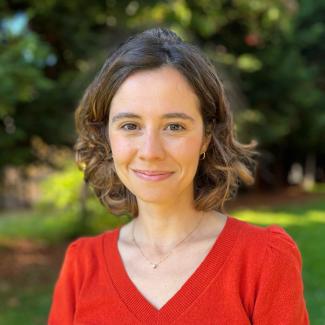Land value capture and air rights: Evidence from Brazil
Adapting to urbanisation and financing infrastructure are challenges facing the developing world. This project studies the city of São Paulo in Brazil, looking at the way they have increased funding within municipalities. The study compares data between Urban Operations and the rest of the city, using the results to help policymakers and governments best capture land value and transform it into public goods.
Municipalities across the developing world face the challenge of adapting fast to urbanisation. One way they can collect revenue to finance infrastructure adaptation is through land value capture.
We study the city of São Paulo, which created an instrument to increase municipal financing. They created the Urban Operations, specific areas in the city in which the air rights to construct above the limit permitted are sold through auctions. Air rights are sold as Certificates of Additional Construction Potential – CEPACs, which can be associated with construction projects within the urban operation. The revenue from selling CEPACs has to be reinvested in the area of the Urban Operations, futher increasing demand of developers for building in these areas and their willingness to pay for CEPACs.
This policy provides us with a good case study to learn how municipalities can increase funding for investments in infrastructure by focusing on two characteristics:
- A commitment to provide public goods in the area where you are selling CEPACs
- Upfront payments after the auctions.
The results of our project could help policymakers and governments optimise how to capture the value of the land and transform it into public goods.
The study will use existing data comparing what has happened between the urban operations and the rest of the city. The analysis of our research will be used to motivate a structural model of land value capture and public goods, where we have residents, developers and a government. We will also use the data to make projections about what the optimal policy.




